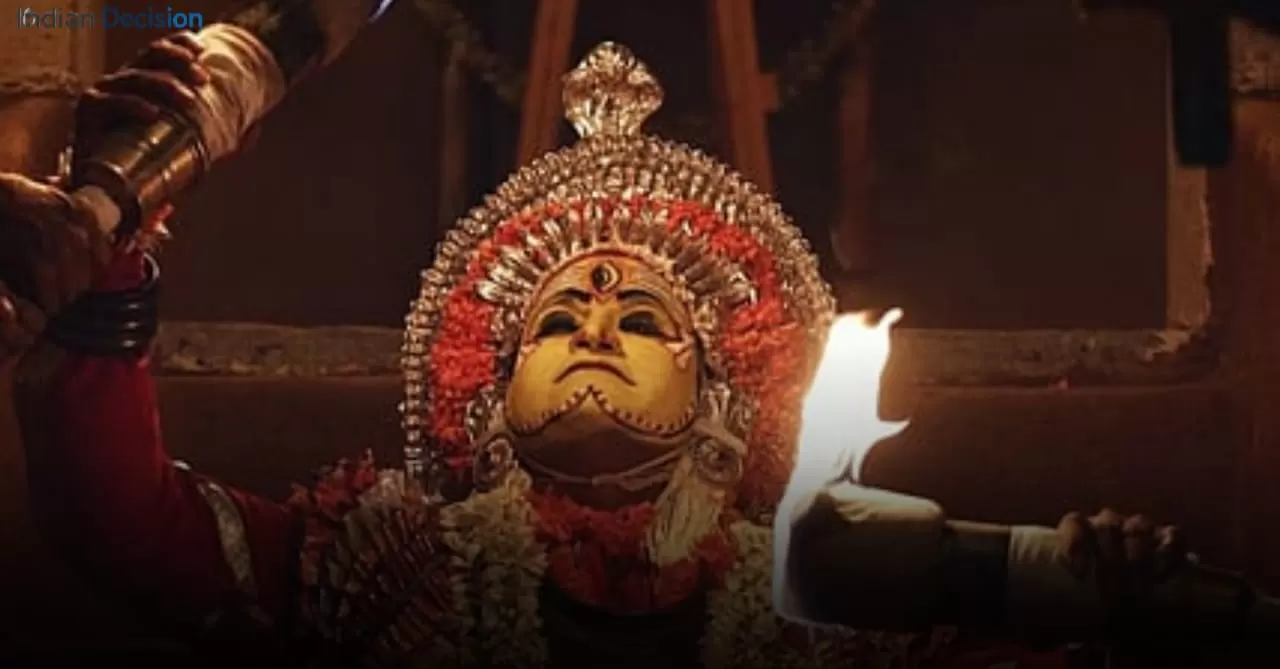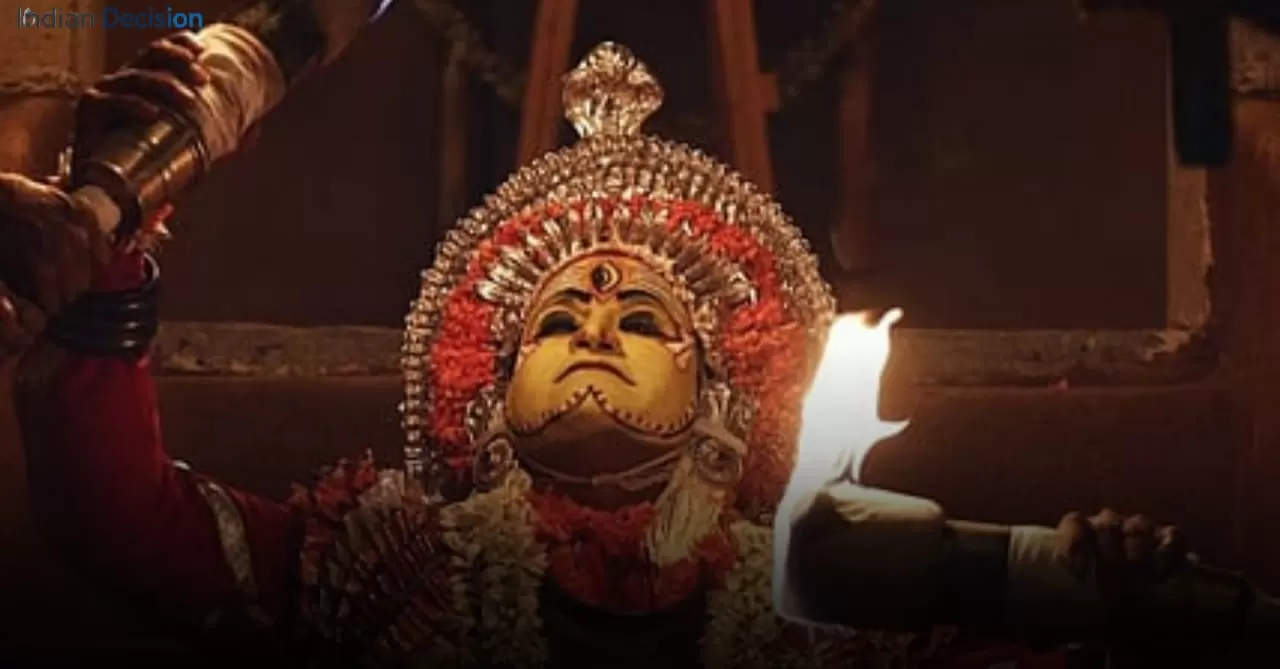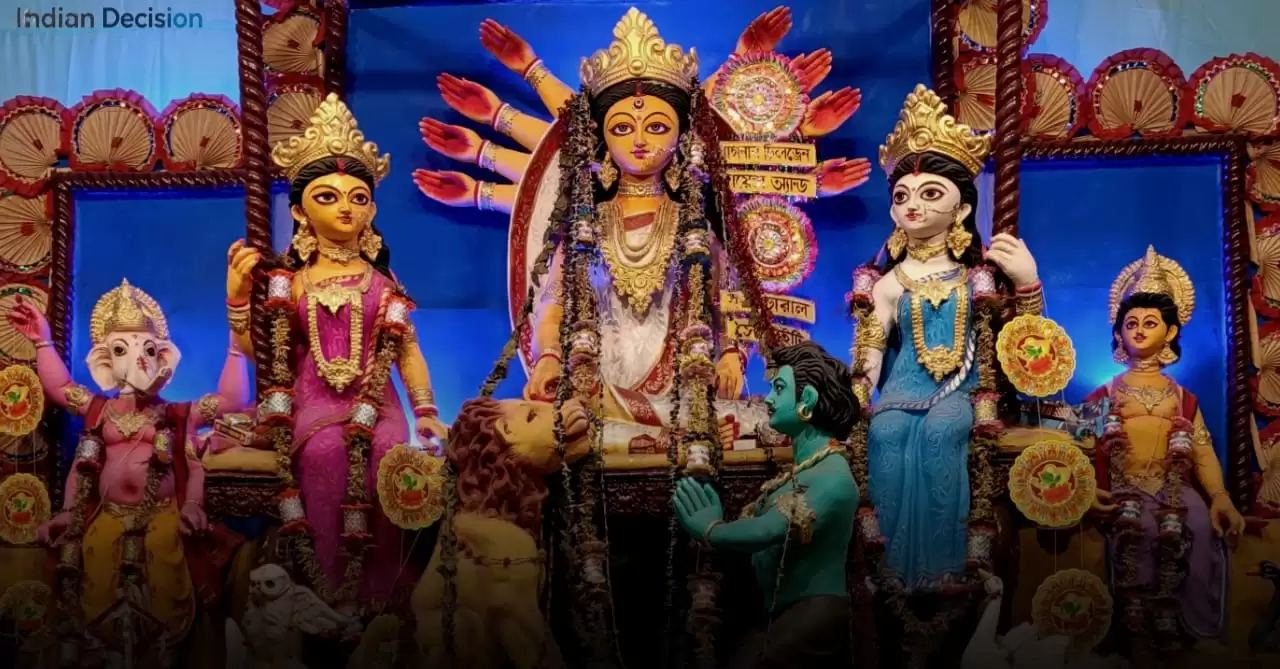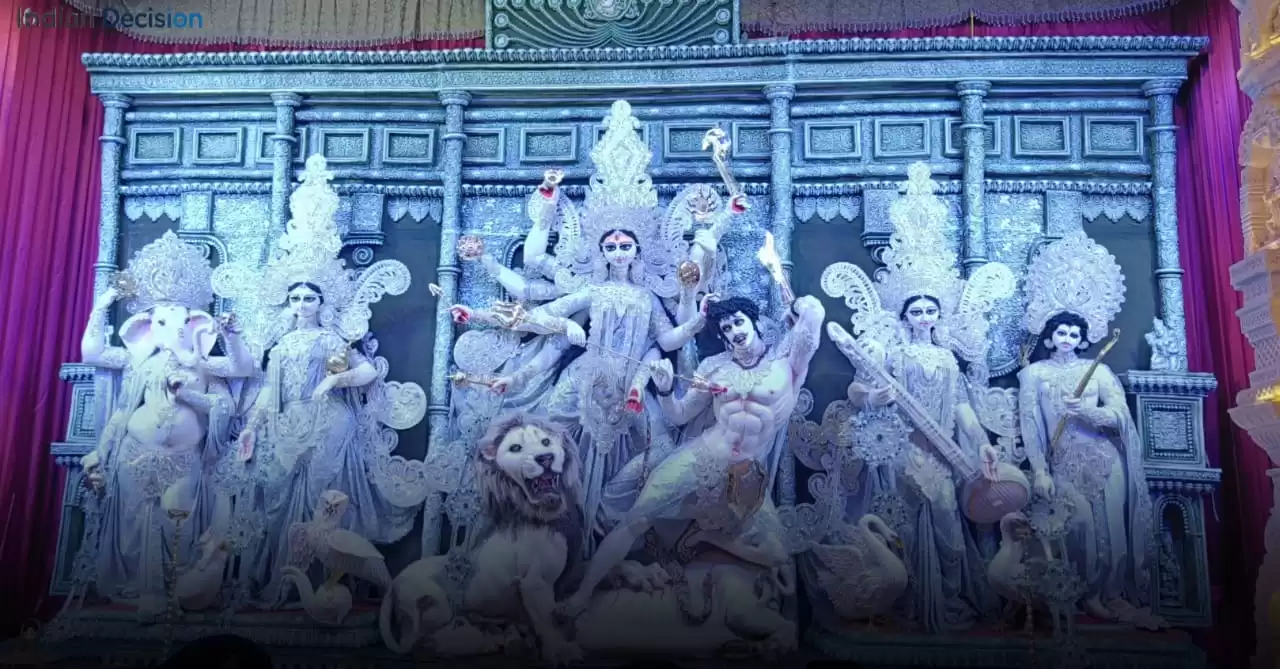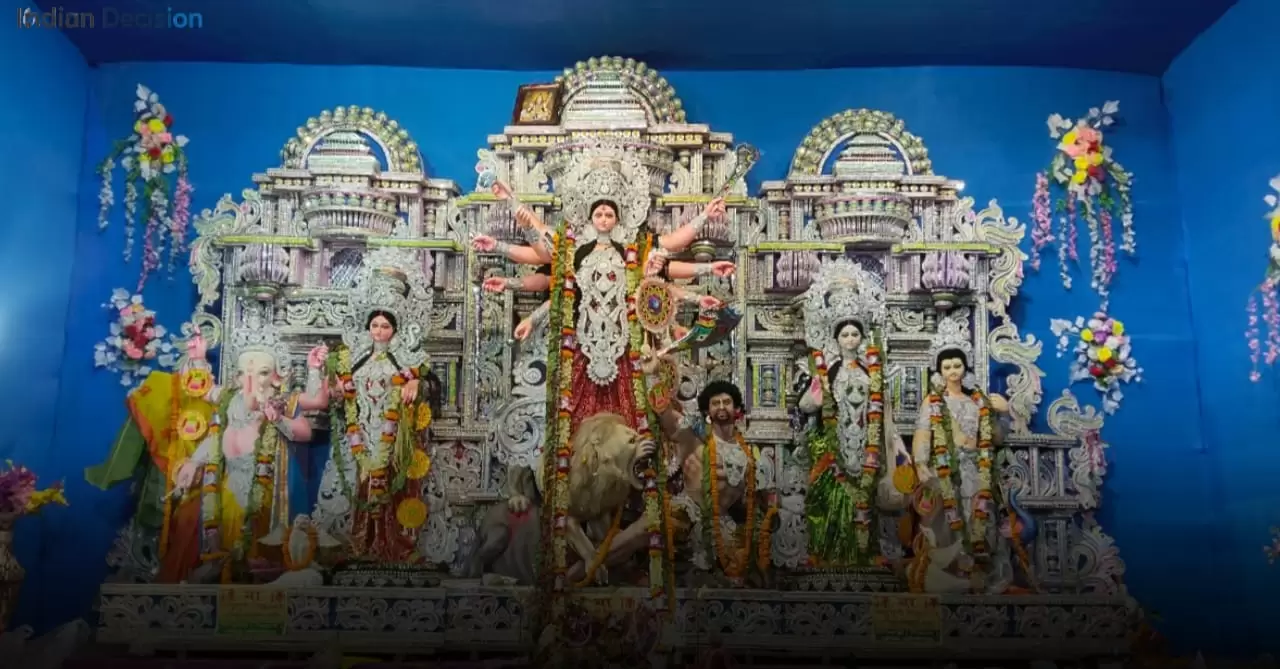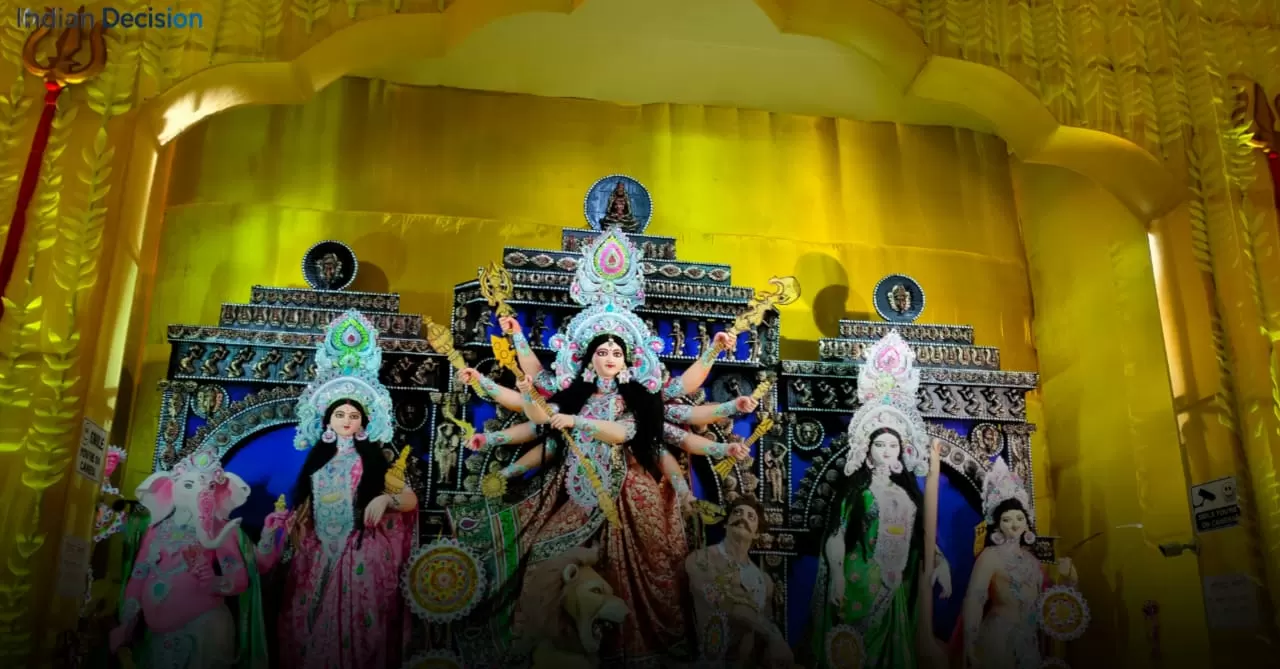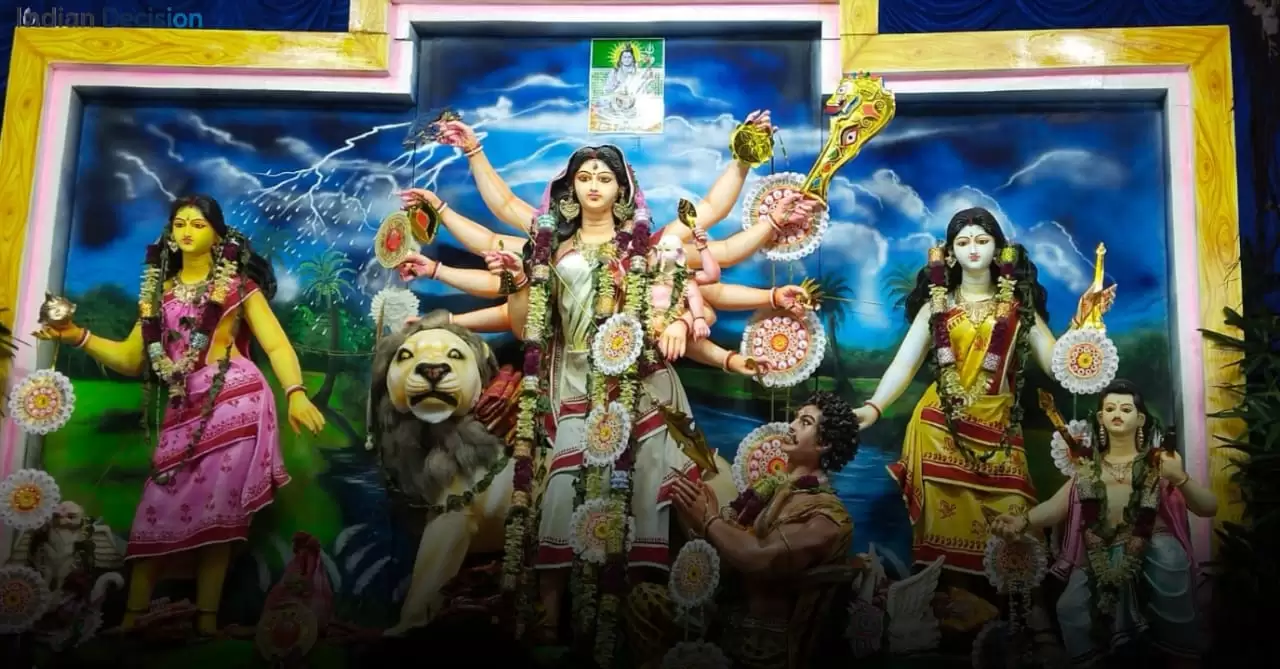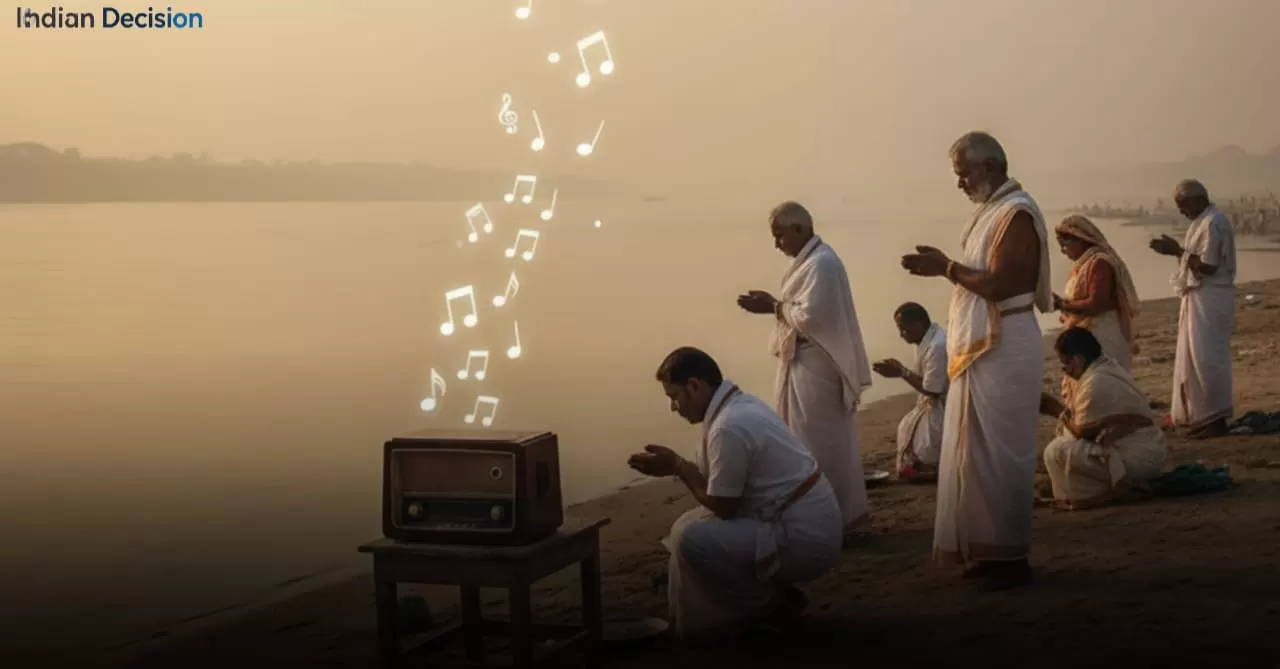The Living Legacy of Bhoota Kola: Beyond Kantara's Frames
The cinematic masterpiece Kantara did more than entertain. It opened a window to the deep spiritual world of Tulu Nadu. At its heart lies the ancient ritual of Bhoota Kola. This practice, often misunderstood, forms the core of the film's conflict and resolution. Our journey explores the real story behind Bhoota Kola. We separate cinematic portrayal from cultural reality. The ritual is a living, breathing part of a community's identity. It is not a performance for spectators. Understanding this distinction is key to appreciating its depth.
What is Bhoota Kola? The Spirit of Tulu Nadu
Bhoota Kola, or Daiva Nema, is a spirit worship ritual indigenous to Karnataka. The term 'Bhoota' means spirit and 'Kola' means play or performance. It is an annual ceremony where communities invoke divine spirits. These spirits act as intermediaries between the human and the divine. They deliver justice, solve disputes, and offer blessings.
The performer, known as the Bhoota or Patni, undergoes a transformation. He becomes the vessel for the deity, ceasing to be a mere mortal for the duration. This sacred possession is the climax of the elaborate ceremony. Similar to the cultural devotion seen in Durga Puja, Bhoota Kola represents a direct dialogue between the divine and devotees.
Panjurli Deva: The Divine Wild Boar of Kantara
In Kantara, Rishab Shetty's character becomes Panjurli Deva. This is not a fictional creation. Panjurli is one of the most revered Bhootas in the Tulu pantheon. The name translates to 'the one who jumps and attacks'. Legend says a divine spirit took the form of a wild boar.
A farmer raised the cub, unaware of its divine nature. Eventually, its powers were revealed. Panjurli is considered a guardian deity. He protects villages and ensures moral order. The film accurately portrays his significance as a central figure in the conflict between man and nature. This makes Panjurli as culturally important to Tulu Nadu as Navratri deities are in other parts of India.
Historical Accuracy: How Kantara Mirrored Reality
Director Rishab Shetty, hailing from the region, ensured authentic representation. The film's depiction of the ritual's costumes, music, and fervor is remarkably accurate. Traditional instruments like the Dudi and the Pembe set the rhythm. The elaborate makeup and palm-leaf skirts are crafted according to custom. Most importantly, the film captures the social function of Bhoota Kola.
It historically served as a grassroots judicial system. Villagers would bring their disputes before the possessed Bhoota, whose judgments were considered final. This aspect is central to the film’s plot and its commentary on power, land, and tradition.
The Deeper Conflict: Land, Faith, and Modernity
Kantara uses Bhoota Kola to mirror historical land-rights conflicts in Tulu Nadu. The ‘Gujarat’ system of land tenure often sidelined local tribes. The Bhoota becomes a spiritual claim to land, predating legal ownership. The story reflects how faith and tradition became tools of resistance against encroachment. This theme parallels ongoing struggles in indigenous communities worldwide. Much like diaspora traditions abroad, Bhoota Kola is more than religion it is cultural survival.
Today's Perspective: The Ritual in Modern Times
Since Kantara’s release, Bhoota Kola has entered global discourse. Academic institutions are now hosting seminars on its anthropology. Community elders, however, voice caution. They welcome awareness but fear commodification. Bhoota Kola remains a sacred ritual, not a tourist performance.
The challenge today is balancing cultural preservation with global curiosity. This mirrors conversations around cultural identity and preservation in many traditions.
Frequently Asked Questions
Is Bhoota Kola a real ritual?
Yes, Bhoota Kola is a living tradition practiced in Tulu Nadu, Karnataka. It forms the core of the Tuluva community’s spiritual identity.
What is the true story of Panjurli?
Panjurli is a guardian deity in the Bhoota pantheon. According to legend, a divine wild boar spirit raised by a farmer revealed itself as a protector of justice and moral order.
Did the actor really perform Bhoota Kola?
Rishab Shetty did not perform an actual Bhoota Kola. The sacred ritual requires specific lineage and training. However, he trained under practitioners to portray it authentically on screen.
What is the significance of Kantara’s ending?
The ending signifies the devotee merging with the divine, symbolizing self-sacrifice for balance between humanity and nature.
Can tourists witness a real Bhoota Kola?
Authentic Bhoota Kola ceremonies are private, sacred events. They are not tourist attractions. Curiosity is natural, but respect for tradition is essential.
How is Bhoota Kola different from Theyyam?
Bhoota Kola is practiced in Tulu Nadu, Karnataka, while Theyyam belongs to Kerala. Both involve spirit possession, but differ in costumes, music, and specific deities.
What does the word ‘Kantara’ mean?
‘Kantara’ is a Sanskrit term meaning “mystical forest.” It reflects the film’s central theme: the divine and the human coexisting in nature’s domain.
Is Bhoota Kola shown in Kantara accurate?
Yes, the depiction of Bhoota Kola in Kantara is highly authentic. Director Rishab Shetty drew from real Tulu Nadu practices, including traditional instruments, costumes, and rituals. However, the film adapts certain elements for storytelling, while the actual ritual remains a sacred community event.
What makes Bhoota Kola different from regular folk dances?
Bhoota Kola is not a dance performance but a spirit possession ritual. Unlike folk dances staged for entertainment, Bhoota Kola is a religious practice where the performer becomes the vessel of a deity, delivering justice and blessings to the community.
Why is Panjurli Deva worshipped in Tulu Nadu?
Panjurli Deva, the divine wild boar spirit, is revered as a guardian deity. He is believed to protect villages, uphold justice, and ensure agricultural prosperity. His role symbolizes the deep connection between nature and community in Tulu Nadu.
How is Bhoota Kola related to land rights in Karnataka?
Historically, Bhoota Kola played a role in land disputes. Communities saw the deity’s judgment as binding, often settling conflicts outside formal courts. In Kantara, this connection is highlighted to show how rituals became symbols of resistance against exploitation and land encroachment.
Can Bhoota Kola be compared to Theyyam in Kerala?
Yes, but with differences. Both Bhoota Kola and Theyyam involve spirit possession, elaborate costumes, and divine communication. The main difference lies in geography and cultural roots Bhoota Kola belongs to Karnataka’s Tulu Nadu, while Theyyam is rooted in North Kerala.
Is Bhoota Kola performed only by specific families?
Yes. The ritual is hereditary, passed down through designated families within Tulu Nadu communities. Performing Bhoota Kola requires both lineage and spiritual training, making it exclusive and deeply sacred.
Did Kantara increase global awareness of Bhoota Kola?
Absolutely. Since its release, Kantara has drawn worldwide interest in Bhoota Kola. While this has sparked academic and cultural discussions, local elders caution against reducing the ritual to mere spectacle, emphasizing the importance of respect and authenticity.
What does Bhoota Kola symbolize in modern times?
In today’s context, Bhoota Kola symbolizes cultural identity and resistance against homogenization. It represents the endurance of indigenous belief systems and the balance between tradition and modernity.
Conclusion: A Bridge Between Worlds
Kantara’s lasting impact lies in its respectful portrayal of Bhoota Kola. The ritual is not just a cinematic device but the spiritual heartbeat of Tulu Nadu. Bhoota Kola survives by adapting without losing authenticity. It reminds us that land, faith, and identity are deeply connected. The real story of Bhoota Kola is one of resilience still thriving, still guarding Tulu Nadu against time’s tide.

